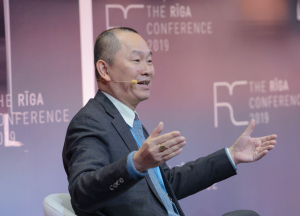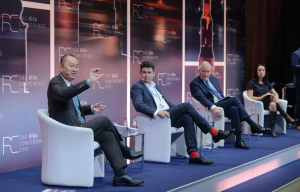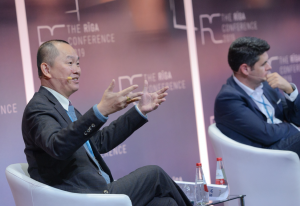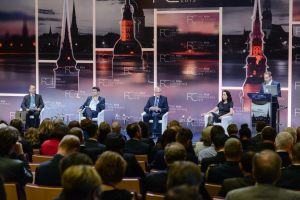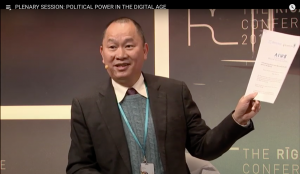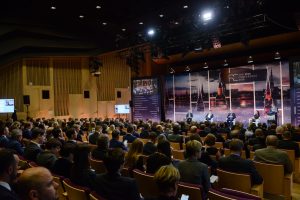
by Admin | Dec 25, 2020 | Chronicles, News
This week in The History of AI at AIWS.net – the MIT AI Lab was founded by John McCarthy and Marvin Minsky in 1959. This marked the beginning of coordinated AI research at MIT. The lab focused on researching and developing AI. The Lab went through several iterations and in 2003 merged with the Laboratory for Computer Science to become the MIT Computer Science and Artificial Intelligence Laboratory.
Marvin Minsky was an American cognitive and computer scientist. He penned the research proposal for the Dartmouth Conference, which coined the term “Artificial Intelligence”, and he was a participant in it when it was hosted in 1956. Minsky would make various contributions to the development of Artificial Intelligence. In terms of popular culture, he was an advisor to Stanley Kubrick’s acclaimed movie 2001: A Space Odyssey. He won the Turing Award in 1969.
John McCarthy was an American computer scientist. He, along with Minsky and others, co-wrote the proposal for the Dartmouth Conference, and participated in it. McCarthy also developed the Lisp programming language. Additionally, he also influenced various tasks in computer science. He spent most of his career at Stanford after working at Dartmouth and MIT. McCarthy won the Turing Award in 1971.
The History of AI Initiative considers the founding of the MIT AI Lab as an important event due to its role in the contribution to AI development. Furthermore, Marvin Minsky and John McCarthy are considered some of the founders of Artificial Intelligence research.
On this day and post, the HAI Initiative would like to wish readers a Merry Christmas and hope for the development of Artificial Intelligence to greater heights.
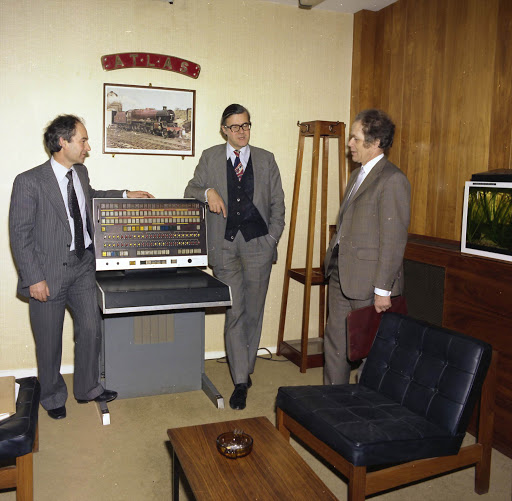
by Admin | Dec 18, 2020 | Chronicles, News
This week in The History of AI at AIWS.net – the Alvey Programme was launched by the British government in 1983. It is a project developed in response to Japan’s own Fifth Generation Computer project. There was no specific focus or directive, but rather the program was to support research in knowledge engineering in the UK.
Originally, the UK was invited to Japan’s FGP, and they created a committee chaired by John Alvey, a technology director at British Telecom. In the end, they rejected Japan’s invitation and formed the Alvey Programme. John Alvey was not involved in this initiative itself though.
This project was created in response to Japan’s Fifth Generation Computer program, funded by the Japanese Ministry of Trade and Industry in 1982. The goal of this program was to create computers with massively parallel computing and logic programming and to propel Japan to the top spots in advanced technology. This will then create a platform for future developments in AI. By the time of the program’s end, the opinion of it was mixed, divided between considering it a failure or ahead of its time.
Another program that rivalled the Alvey Programme was America’s Strategic Computing Initiative, founded in 1983 after the first AI winter in the 70s. The initiative supported projects that helped develop machine intelligence, from chip design to AI software. The DoD spent a total of 1 billion USD (not adjusted for inflation) before the program’s shutdown in 1993. Although the initiative failed to reach its overarching goals, specific targets were still met.
Although the results of the Alvey Programme and other computer and AI projects (Fifth Generation and SCI) in the 80s were mixed, they helped bring funding back to AI development after the first AI winter in the 70s. The History of AI marks the Alvey Programme as an important event in AI due to its marker in AI development in the 1980s.
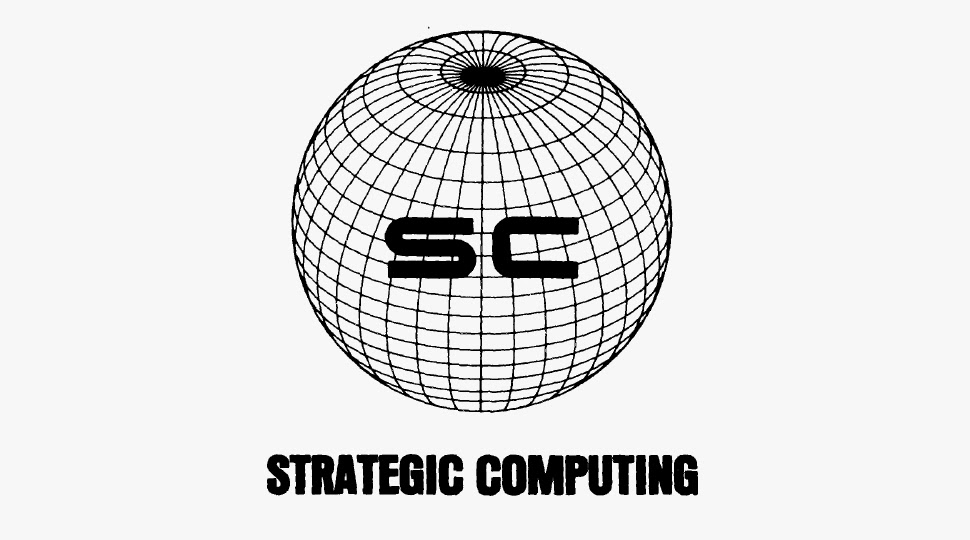
by Admin | Dec 11, 2020 | Chronicles, News
This week in The History of AI at AIWS.net – the Strategic Computing Initiative was ended by DARPA in 1993. DARPA stands for the Defense Advanced Research Projects Agency, a research and development agency founded by the US Department of Defense in 1958 as the ARPA. Although its aim was for usage in the military, many of the innovations the agency funded were beyond the requirements for the US military. Some technologies that emerged from the backing of DARPA are computer networking and graphical user interfaces. DARPA works with academics and industry and report directly to senior DoD officials.
The Strategic Computing Initiative was founded in 1983, after the first AI winter in the 70s. The initiative supported projects that helped develop machine intelligence, from chip design to AI software. The DoD spent a total of 1 billion USD (not adjusted for inflation) before the program’s shutdown in 1993. Although the initiative failed to reach its overarching goals, specific targets were still met.
This project was created in response to Japan’s Fifth Generation Computer program, funded by the Japanese Ministry of Trade and Industry in 1982. The goal of this program was to create computers with massively parallel computing and logic programming and to propel Japan to the top spots in advanced technology. This will then create a platform for future developments in AI. By the time of the program’s end, the opinion of it was mixed, divided between considering it a failure or ahead of its time.
Although the results of the SCI and other computer and AI-related projects in the 80s were mixed, they helped bring funding back to AI development after the first AI winter in the 70s. The History of AI marks the Strategic Computer Initative as an important event in AI due to its revival of AI in the US, and its end signifies the second AI winter.
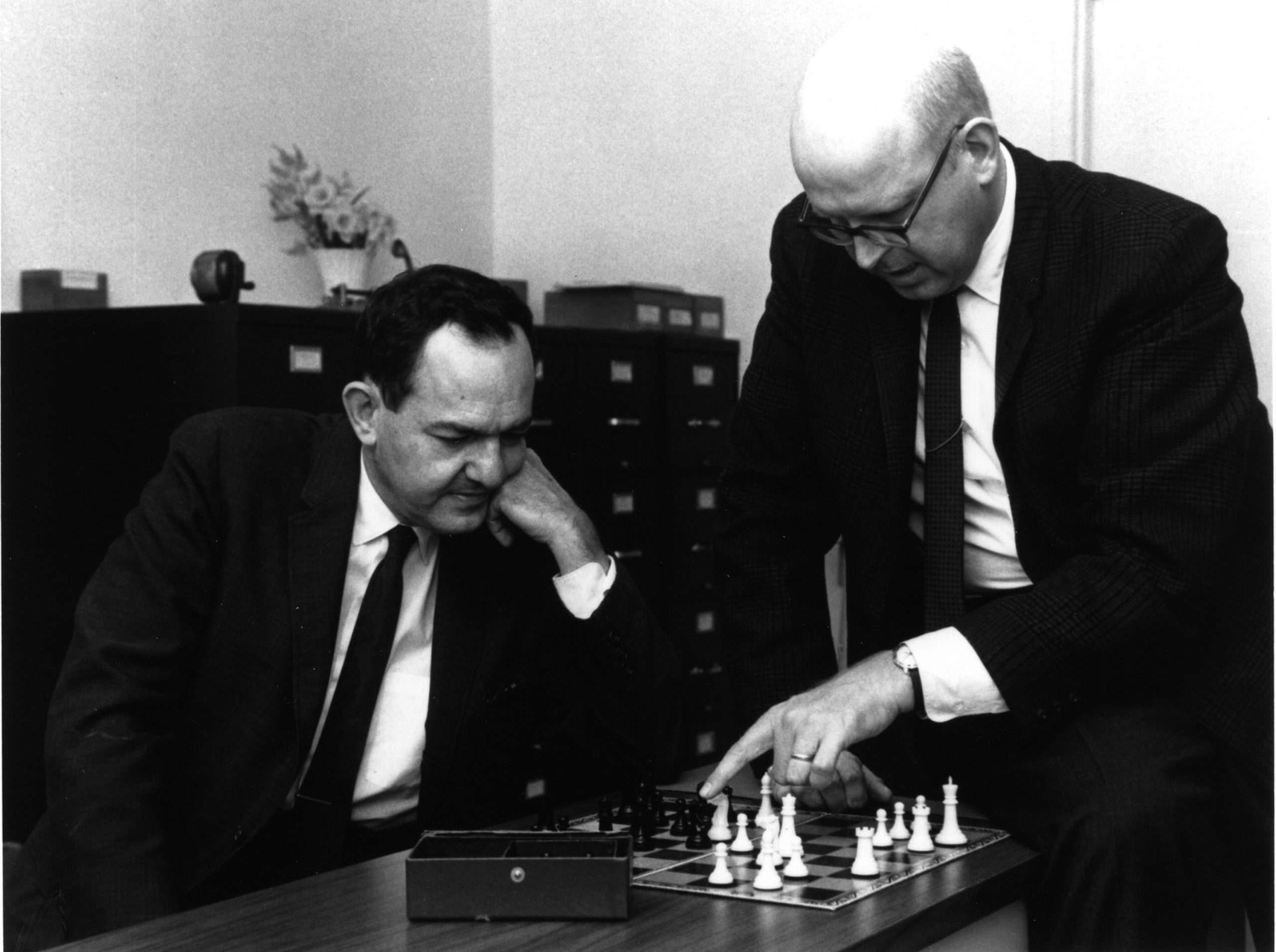
by Admin | Dec 4, 2020 | Chronicles, News
This week in The History of AI at AIWS.net – Herbert Simon and Allen Newell developed Logic Theorist in December 1955. Logic Theorist is a computer program that is considered to be the first AI program. The program was designed to perform automated reasoning, the first to be so intentionally. It was able to prove the first 38 theorems from the Principia Mathematica by Alfred North Whitehead and Bertrand Russell.
Herbert Simon was an American economist, political scientist, and cognitive scientist. In addition to Logic Theorist, he was known for research into decision-making in organisations and theories of bound rationality and satisficing. He worked at Carnegie Mellon University for the majority of his career. Simon received the Nobel Prize in Economics in 1978, and the Turing Award in 1975 for contributions to AI, human cognition, and list processing.
Allen Newell was an American researcher of computer science and cognitive psychology at the RAND Corporation and Carnegie Mellon University. He collaborated with Herbert Simon in developing Logic Theorist and General Problem Solver, some of the earliest examples of Artificial Intelligence. In 1975 He received the ACM Turing Award, the most prestigious award in computer science, jointly with Simon.
The HAI initiative considers the development of Logic Theorist as important in the History of Artificial Intelligence. It was a pioneering research that was pioneering in the study of AI. Logic Theorist would also influence concepts in AI research, such as heuristics and reasoning as search.

by Admin | Nov 27, 2020 | Chronicles, News
This week in The History of AI at AIWS.net – Yann LeCun, Yoshua Bengio, and others in November 1998 published a series of papers. They discussed neural networks and handwriting recognition, as well as backpropagation. One of them can be read here.
Yoshua Bengio is a Canadian computer scientist, most notable for his works on neural networks and deep learning. He is an influential scholar, being one of the most cited computer scientists. In the 1990s and 2000s, he helped make deep advancements in the field of deep learning. Bengio is also a Fellow of the Royal Society.
Yann LeCun is a French computer scientist, renowned for his work on deep learning and artificial intelligence. He is also notable for contributions to robotics and computational neuroscience. He is the Silver Professor of the Courant Institute of Mathematical Sciences at NYU. In addition, LeCun is the Chief AI Scientist for Facebook.
This is recognised by the HAI initiative for further pioneering works in artificial intelligence, notably in neural networks and backpropagation. Furthermore, both Bengio and LeCun were recipients of the 2018 ACM Turing Award for their contributions to deep learning, which is an aspect of artificial intelligence. Thus, the initiative considers this an important event in AI history.
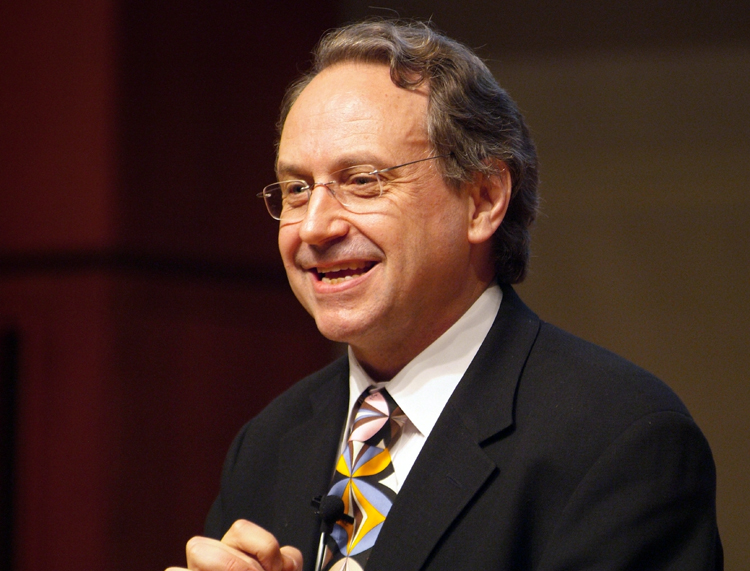
by Admin | Nov 20, 2020 | Chronicles, News
This week in The History of AI at AIWS.net – Rodney Brooks published “Elephants Don’t Play Chess” in 1990. The paper proposed a “group-up approach” to developing AI, in contrast with Classical AI. Brooks dubbed this approach “Nouvell AI”. The paper can be read and downloaded here.
In the abstract, Brooks wrote – “We explore a research methodology which emphasizes ongoing physical interaction with the environment as the primary source of constraint on the design of intelligent systems. We show how this methodology has recently had significant successes on a par with the most successful classical efforts.”
Rodney Brooks is an Australian roboticist. He was a Panasonic Professor of Robotics at the Massachusetts Institute of Technology, as well as the former director of the MIT Computer Science and Artificial Intelligence Laboratory. Brooks also advocated for an actionist approach in terms of robotics. He also linked robotics to Artificial Intelligence.
The History of AI initiative sees this paper as important because it shows an alternate vision for AI and its development. Although it diverges from other methods of AI, it was still pioneering AI in a different way. Thus, HAI considers the paper as a relevant marker in the History of AI.

by Admin | Nov 13, 2020 | Chronicles, News
This week in The History of AI at AIWS.net – Marvin Minsky and Seymour Papert published an expanded edition of Perceptrons in 1988. The original book was published in 1969. The original book explored the concept of the “perceptron”, but also highlighted its limitations. The revised and expanded edition of the book added a chapter countering criticisms of the book made in the twenty years after its publication. The original Perceptrons were pessimistic in its predictions for AI, and was thought to have been a cause for the first AI winter.
Marvin Minksy was an important pioneer in the field of AI. He penned the research proposal for the Dartmouth Conference, which coined the term “Artificial Intelligence”, and he was a participant in it when it was hosted the next summer. Minsky would also co-founded the MIT AI labs, which went through different names, and the MIT Media Laboratory. In terms of popular culture, he was an adviser to Stanley Kubrick’s acclaimed movie 2001: A Space Odyssey. He won the Turing Award in 1969.
Seymour Papert was a South African-born mathematician and computer scientist. He was mainly associated with MIT for his teaching and research. He was also a pioneer in Artificial Intelligence. Papert was also a co-creator of the Logo programming language, which is used educationally.
The History of AI initiative considers this republication important because it revisited and furthered discourses on AI. The original book was also a cause for the first AI winter, a pivotal event in the history of AI. Furthermore, Marvin Minsky was one of the founders of AI. Thus, HAI sees Perceptrons (republished 1988) as meaningful in the development of Artificial Intelligence.
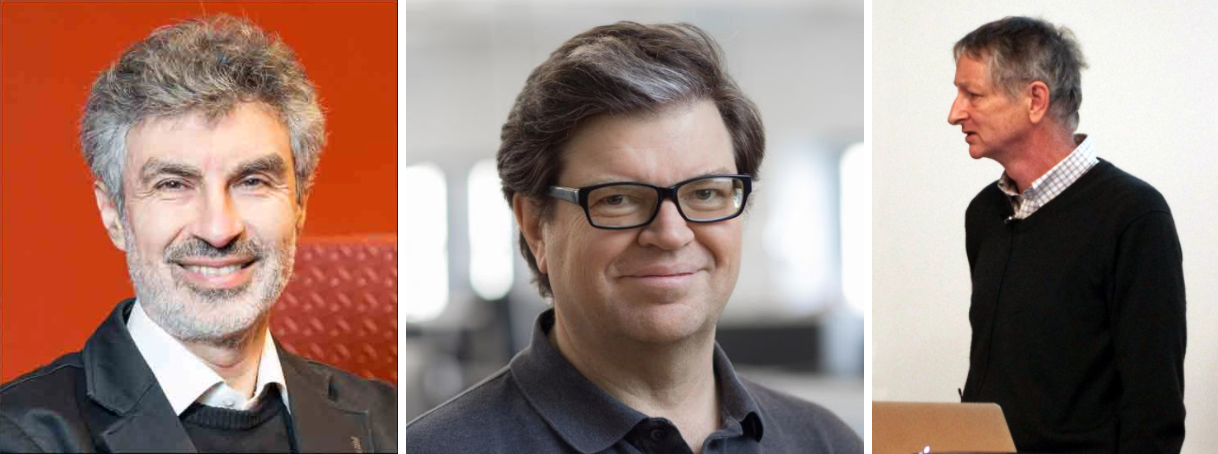
by Admin | Nov 6, 2020 | Chronicles, News
This week in The History of AI at AIWS.net – the ACM named Yoshua Bengio, Geofrrey Hinton, and Yann LeCun recipients of the Turing Award in 2018 for breakthroughs that made deep neural networks critical in computing. The Turing Award is one of the most prestigious awards in the field, as it is often considered the Nobel Prize of Computer Science. Other winners include Marvin Minsky and Judea Pearl, both of whom made enormous contributions to Artificial Intelligence.
Yoshua Bengio is a Canadian computer scientist, most notable for his works on neural networks and deep learning. He is an influential scholar, being one of the most cited computer scientists. In the 1990s and 2000s, he helped make deep advancements in the field of deep learning. Bengio is also a Fellow of the Royal Society.
Yann LeCun is a French computer scientist, renowned for his work on deep learning and artificial intelligence. He is also notable for contributions to robotics and computational neuroscience. He is the Silver Professor of the Courant Institute of Mathematical Sciences at NYU. In addition, LeCun is the Chief AI Scientist for Facebook.
Geoffrey Hinton is an English-Canadian cognitive psychologist and computer scientist. He is most notable for his work on neural networks. He co-authored the seminal paper on backpropagation, “Learning representations by back-propagating errors”, in 1986. He is also known for his work into Deep Learning. Hinton, along with Yoshua Bengio and Yann LeCun (who was a postdoctorate student of Hinton), are considered the “Fathers of Deep Learning”.
The History of AI Initiative considers this award and the recipients important because they play an important role in Deep Learning, which is a field of Machine Learning, part of Artificial Intelligence. It is an acknowledgement of how far AI has developed, and thus, is a part of the History of AI.
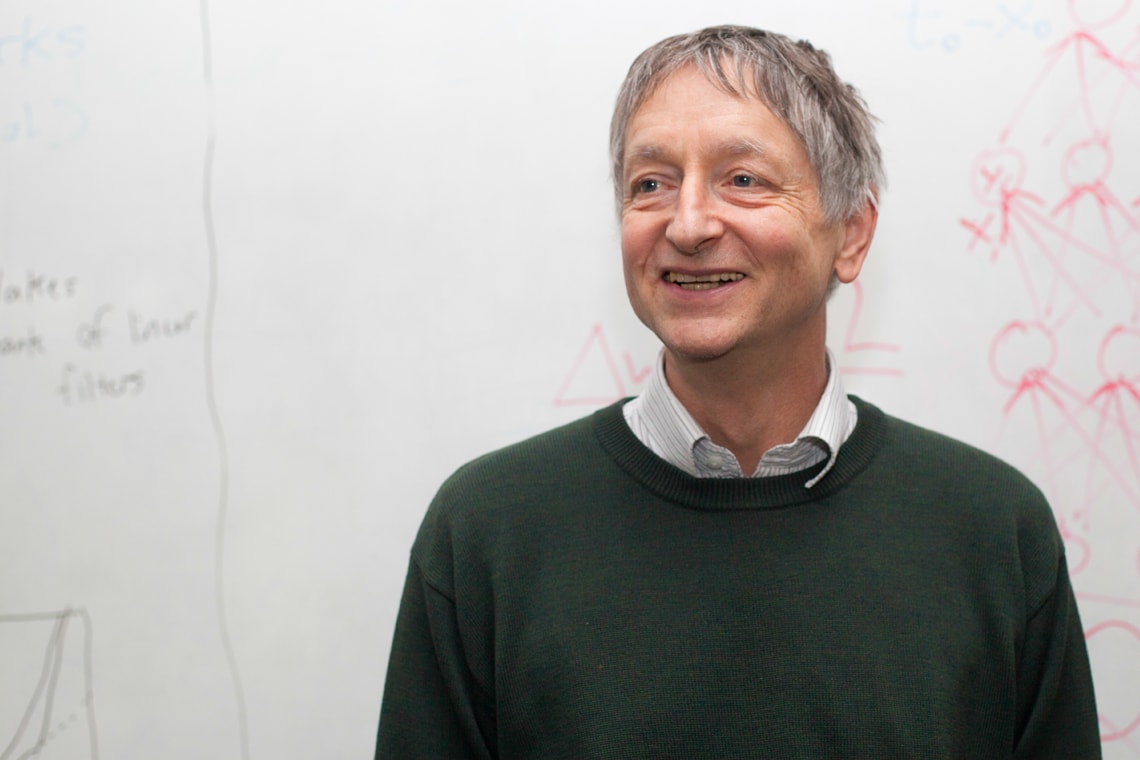
by Admin | Oct 30, 2020 | Chronicles, News
This week in The History of AI at AIWS.net – “Learning Multiple Layers of Representation” by Geoffrey Hinton was published in October 2008. The paper proposed new approaches to deep learning. In place of backpropagation, another concept Hinton introduced prior, Hinton proposes multilayer neural networks. This is so because backpropagation faced limitations such as requiring labeled training data. The paper can be read here.
Deep learning is a part of the broader machine learning field in Artificial Intelligence. The process is a method that is based on artificial neural networks with representation learning. It is “deep” in that it uses multiple layers in the networks. In the modern day, it has been utilised in various fields with good results.
Geoffrey Hinton is an English-Canadian cognitive psychologist and computer scientist. He is most notable for his work on neural networks. He is also known for his work into Deep Learning. Hinton, along with Yoshua Bengio and Yann LeCun (who was a postdoctorate student of Hinton), are considered the “Fathers of Deep Learning”. They were awarded the 2018 ACM Turing Award, considered the Nobel Prize of Computer Science, for their work on deep learning.
This paper is important in the History of AI because it introduces new perspective on deep learning. Instead of another ground-breaking concept like backpropagation, Hinton shows another method in the field. Geoffrey Hinton is also an important role in Deep Learning, which is a field of Machine Learning, part of Artificial Intelligence.
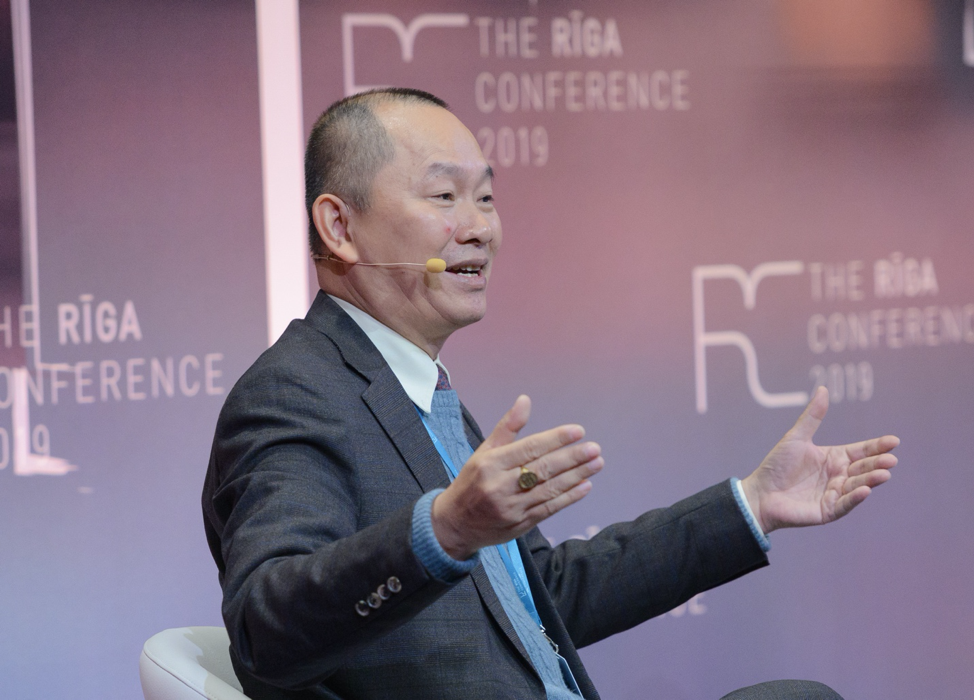
by Admin | Oct 9, 2020 | Chronicles
Nguyen Anh Tuan, CEO of the Boston Global Forum, was a speaker at the Riga Conference 2019 at the Plenary Session “Political Power in the Digital Age”. Mr. Tuan introduced the AIWS Social Contract 2020. This was after the AIWS Conference at Harvard University Faculty Club, September 23, 2019, discussing the concepts of the AIWS Social Contract 2020, the previous name given to the Social Contract for the AI Age. This was the first international conference outside the United States that the Social Contract for the AI Age was introduced.
Leaders such as Speaker of Sweden Parliament, Prime Minister of Ukraine, Minister of Defense of Germany, President and Prime Minister of Latvia, and global distinguished thinkers, spoke at The Riga Conference 2019.
Here are pictures from Mr. Nguyen Anh Tuan’s presentation of the Social Contract for the AI Age at the Riga Conference 2019:
